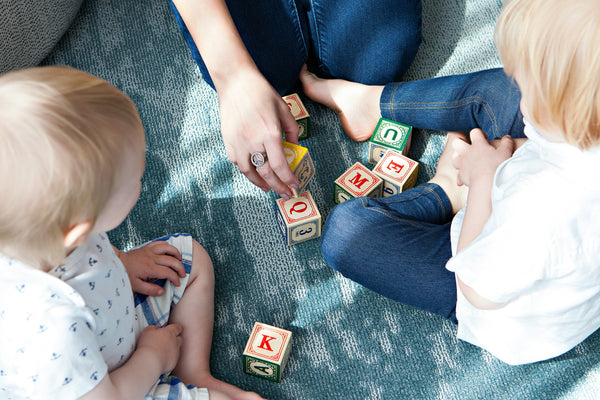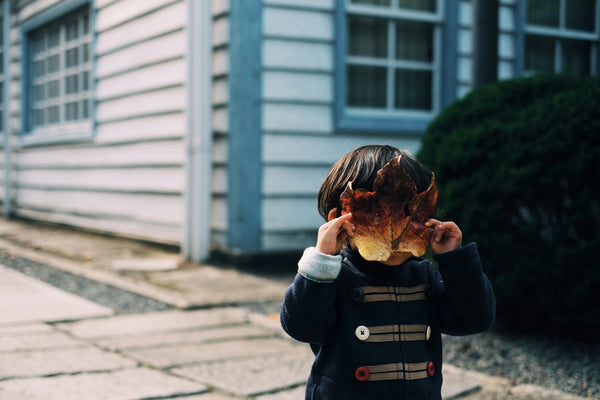Your Kid Doesn’t Poop at School? Here’s Why (And What to Do)
share this article

If your kid comes home from school every day desperate for the bathroom, you’re not alone. Many kids flat-out refuse to poop at school. Whether it’s anxiety, embarrassment, or uncomfortable bathrooms, “school constipation” is a real thing, and it’s more common than most parents realize.
Skipping poops all day can quickly snowball into bigger digestive problems, including hard stools, tummy aches, and even chronic constipation.
Here’s why it happens, what it means for your kid’s gut health, and how to help.
Why Kids Avoid Pooping at School
Several factors lead kids to hold it in:
1. Bathroom Anxiety
Public or shared bathrooms can feel overwhelming. Lack of privacy, noise, or fear of teasing all make kids avoid pooping during the day (1).
2. Not Enough Time
Rushed schedules, short bathroom breaks, or limited teacher permission mean kids often don’t have enough time to relax and go.
3. Lack of Routine
Pooping is often tied to home routines—after breakfast, after sitting on the potty. School disrupts that natural rhythm.
4. Poor Bathroom Conditions
Dirty stalls, lack of toilet paper, or automatic flushers that startle kids are common reasons for bathroom avoidance.
5. Constipation Cycle
If a kid skips one poop, stool sits in the colon longer, becomes harder, and is even more painful to pass later—leading to a holding pattern that can spiral into chronic constipation (2).
What Happens When Kids Hold It All Day?
-
Harder stools that are painful to pass
-
Belly pain or bloating during the day
-
Bathroom urgency the second they get home
-
Risk of chronic constipation and even stool withholding disorders (3)
How to Help Your Kid Poop at School (or at Least Stay Regular)
1. Set Them Up for a Morning Poop
Build a calm morning routine that includes:
-
A fiber-rich breakfast (oatmeal + berries or high-fiber pancakes)
-
A cup of warm liquid (warm water or milk)
-
5–10 minutes of relaxed toilet time before leaving
Begin Health Exert Tip:
A daily scoop of Growing Up Prebiotics supports regularity and softer stools over time by feeding the gut’s good bacteria (4).
2. Pack Fiber + Hydration into Lunch and Snacks
-
Whole grain bread, fruits like pears or kiwi, and trail mix with nuts or seeds help keep stools soft.
-
Send a water bottle and remind them to drink throughout the day. Dehydration makes poop harder.
3. Talk About Bathroom Comfort
Normalize pooping. Tell them everyone poops, including teachers and classmates. Problem-solve together: find the cleanest bathroom at school or ask for passes when the bathrooms are least busy.
4. Talk to the Teacher if Needed
If your kid is really struggling, ask the teacher to allow flexible bathroom breaks. Many teachers are understanding once they know it’s a medical, not behavioral, issue.
5. Support Gut Health Daily
Even if they don’t poop at school, you can set the foundation by:
-
Offering prebiotic fiber daily (like Growing Up Prebiotics)
-
Including probiotic-rich foods like yogurt or kefir
-
Keeping hydration consistent morning through evening
Summary
Your kid not pooping at school is more than a quirky habit, it’s a common gut health challenge. Supporting their digestion with fiber, hydration, and daily gut-friendly habits can help soften stools, reduce the urgency, and make after-school bathroom trips less dramatic (or unnecessary).
















